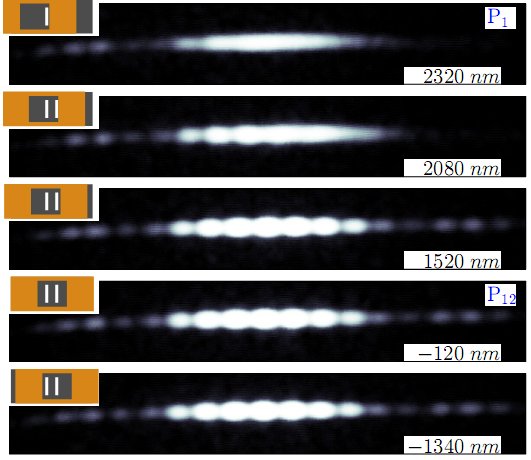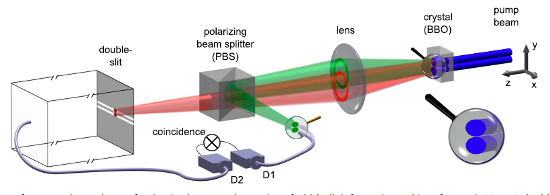Yesterday’s big post on why I think people should embrace scientific thinking in a more conscious way than they do already (because my claim is that most people already use scientific thinking, they’re just not aware that they’re doing it) is clearly a kind of explanation of the reason behind my next book, but what […]


